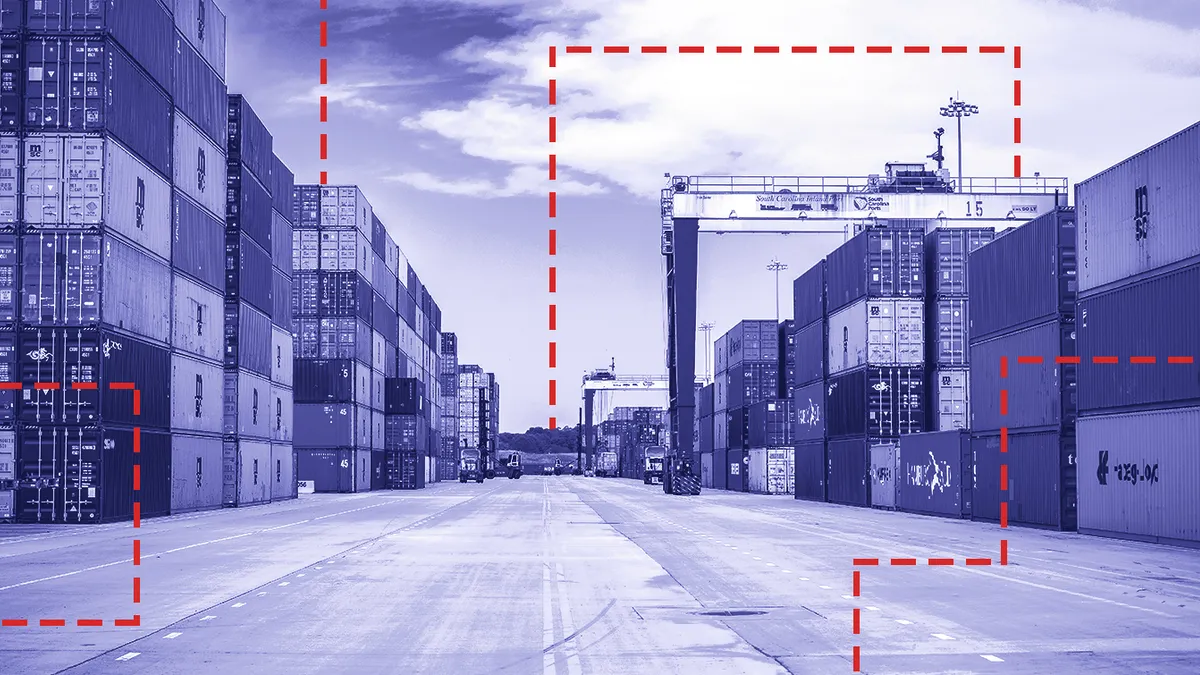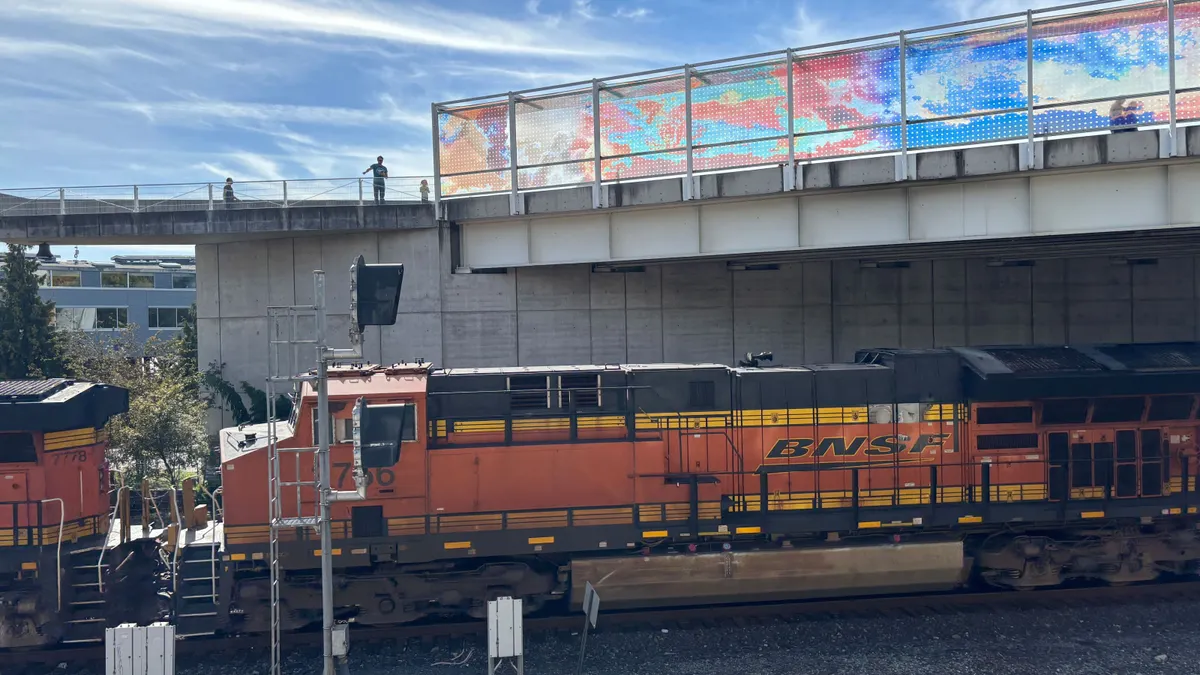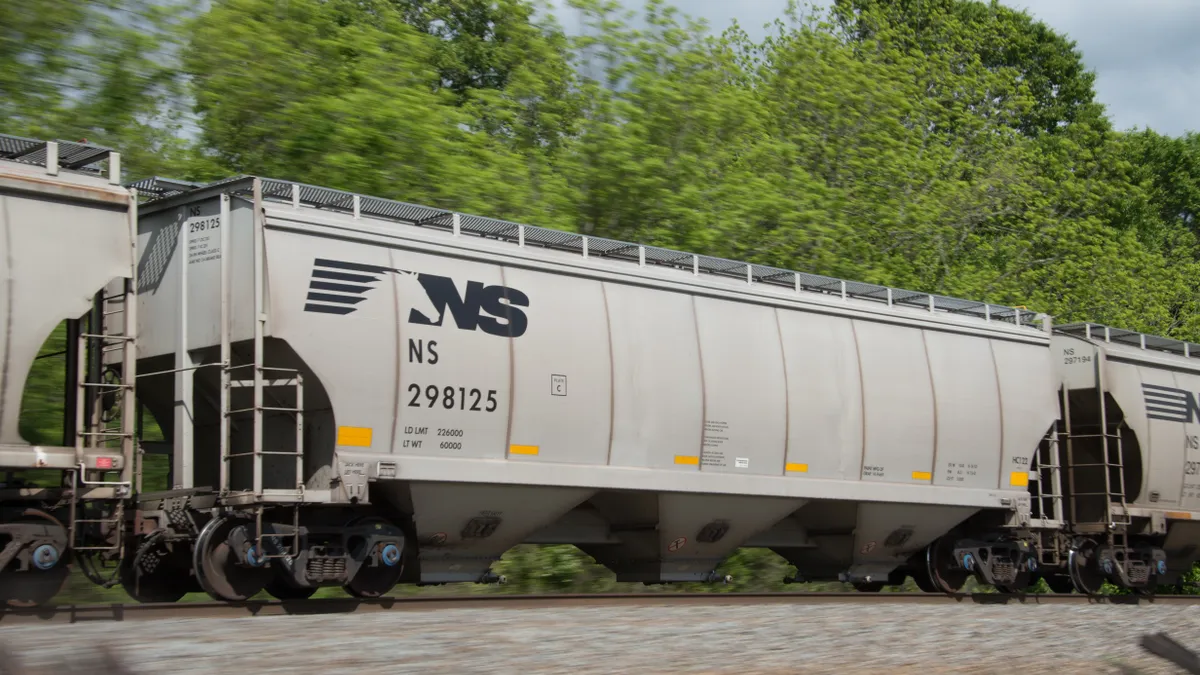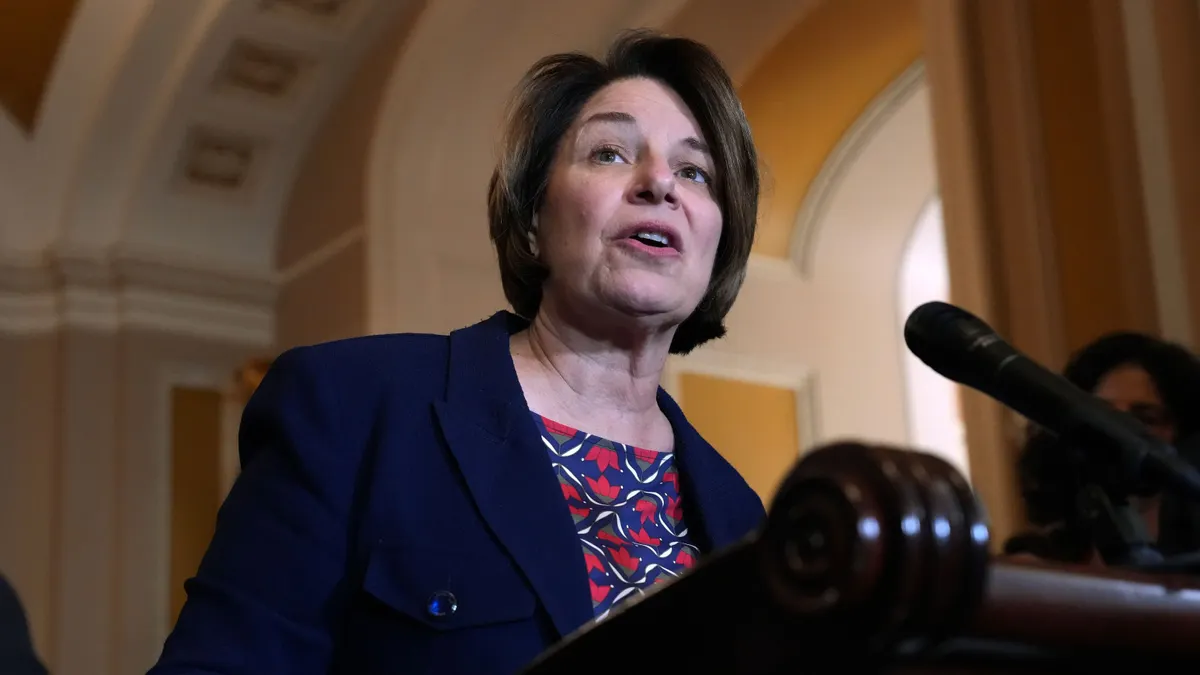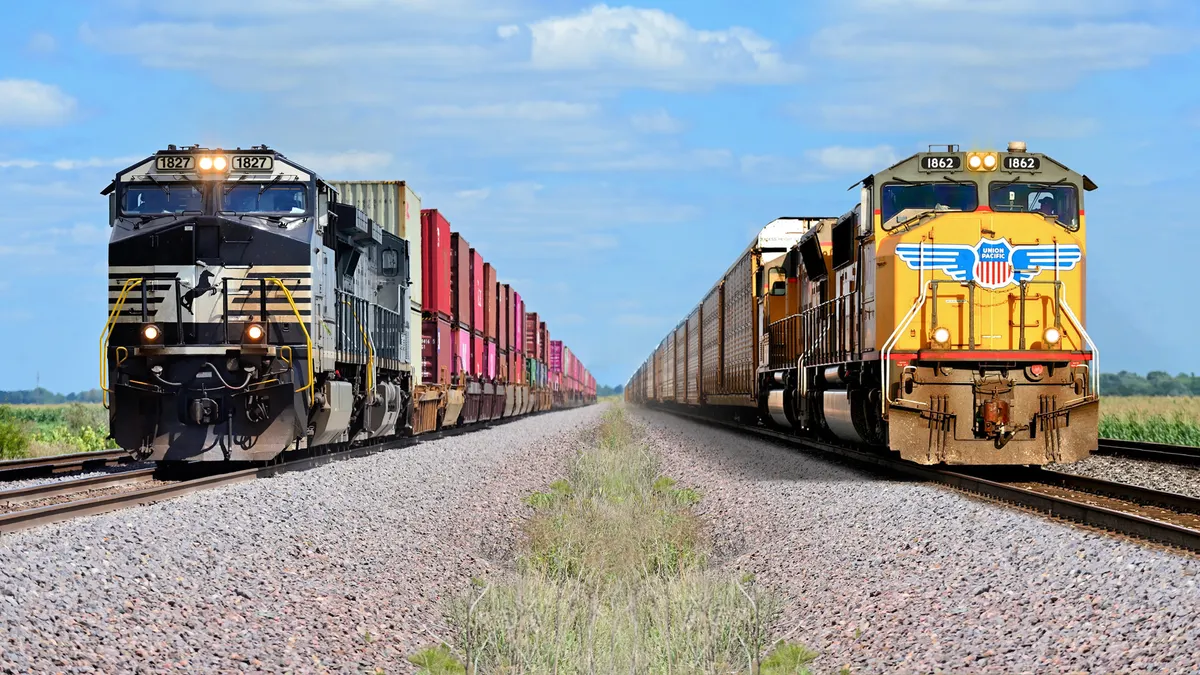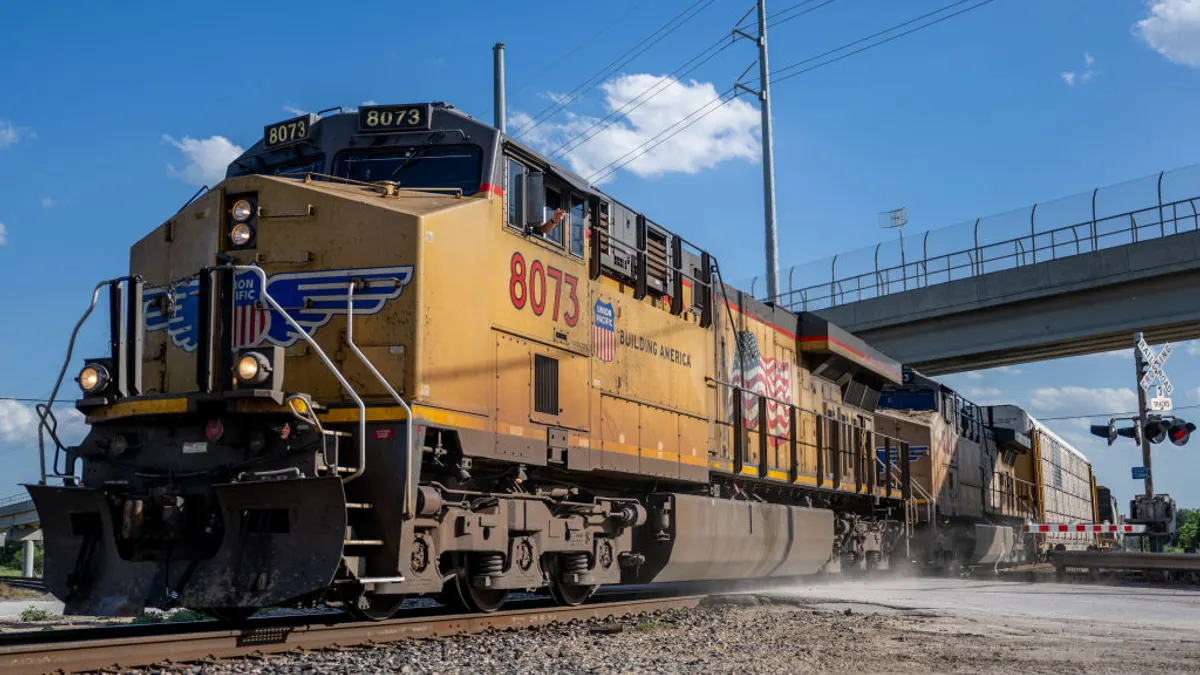South Carolinians, especially residents of the upstate region around Greenville, anxiously waited. It was 1992 and the area was on the shortlist to become the home of BMW's new manufacturing operation. Lawmakers and deal makers put together an attractive offer that, if successful, could impact the state's economy for decades.
The region was home to one of the largest textile manufacturing industries in the U.S. in the early 20th century. After this business was largely outsourced, the area was looking for a win. Even those waiting for BMW to select South Carolina, though, could not have guessed how the German company would go on to influence the state's economic future. With its arrival, BMW would turn Spartanburg, South Carolina, into a logistics hub.
The state was just as hopeful in April of 1992, as then-Gov. Carroll Campbell signed legislation that provided $35 million in incentives for BMW if it located in South Carolina. The state also promised $5 million in additional tax incentives, according to Bloomberg Businessweek.
The state finally got its answer in June 1992, with an announcement at the Greenville Marriott Hotel where a meal of bratwurst and Bavarian cabbage was served, according to Automotive News. BMW was coming to South Carolina.
At the time, there were a variety of reasons given for the company's decisions to locate in South Carolina.
Some of those reasons have aged better than others:
- "There are European restaurants in town," Jim Tolson, a plant controller and administrator for the Greenville operations of German-based Robert Bosch Corp, told Automotive News in 1992. "There is a very European flavor here. A company like BMW is naturally attracted to that environment."
- The generous state-incentives aside, South Carolina had a solid supply chain infrastructure. BMW was attracted to "the proximity of both the port of Charleston and numerous automotive suppliers," The New York Times wrote in 1993.

Steve Wilson, a BMW media communications specialist, whom the company has referred to as "the living archive of BMW Spartanburg," agreed that infrastructure played an important role in the company's decision
"We had, and still do have, a good interstate system," Wilson said. "The deepwater port was a major factor, because BMW's long-range plans were for this patent factory to be exporting vehicles outside of the United States."
An airport was located beside the Spartanburg site, and the state had rail infrastructure. But at the time, these assets weren't quite where they needed to be to suit BMW's requirements.
In the early 1990s, there were no international flights going through the Greenville-Spartanburg Airport. Part of the agreement that brought BMW to the state was contingent on the airport extending its runway to allow the automaker's Transatlantic 747 cargo planes to land — less than a 10-minute drive from the factory site, according to Automotive News.
And the facility's cargo volume shot up quickly as soon as BMW started operations in the region, increasing 344% YoY from 1992 to 1993. Volume has seen been on an upward trajectory, according to figures from the airport.
BMW's business spurs rail growth
Another 10-minute drive from the factory is the entrance to the Inland Port Greer, which began operations in 2013. "Really, it was driven initially by BMW," said Byron Miller, the director of national accounts for the South Carolina Ports Authority.
BMW was looking for a way to streamline its operations when it approached the state and Norfolk Southern.
"For that first 15 years, we were trucking our sea containers from the Port of Charleston up to Greer," said Alfred Haas, BMW logistics manager for the Spartanburg factory. "And the logical question was, 'Why are we not using rail?'"
One of the company's main goals with the switch was emissions reduction. It was about to expand its factory footprint, so it was looking to make cuts elsewhere.
The land where the inland port sits — located near the Norfolk Southern mainline — was acquired by the Port Authority about 40 years before BMW approached the state. "And the intent at that time was for us to develop an inland port," Miller said. But the deregulation of transportation and a competitive trucking market led the authority to table the plan for decades because it didn't seem feasible from an economic standpoint, he said.
Once it was given the green light, the project was operational in fewer than two years. BMW was able to take about 20,000 trucks off the road in the first year while also reducing freight costs, Haas said.
The train connection between the port and Greer runs daily. BMW imports about 60 sea containers per day and exports another 200.
"For a European company, it was an easy decision to move to train," Haas said. "Because we use a lot of train in Europe, and I think it was always a wish to make it work."
Haas estimates about 90% to 95% of imports move by rail between the two facilities. For the remainder, trucking capacity provides the operations speed when it's needed. The trip from the port to the factory takes eight hours by train but only 3.5 hours by truck.
BMW stores its sea containers at the inland port, two miles from the factory. When it needs a container, it sends a message to the port complex — which is managed and staffed by the Port Authority — through an SAP system with the container number. The port then has three hours to get it delivered to the plant. A truck completes the last two miles of the trip, and the inventory is unloaded at the factory's loading docks.
Suppliers swarm and infrastructure grows
The supplier base was a factor in the automaker's decision to come to South Carolina. Michelin and Robert Bosch are located in the state. BMW now has more than 40 tier 1 suppliers in South Carolina and more than 300 suppliers in the United States.
"We have an imaginary circle of 50 miles around us, and it's where we would like to have ... just-in-time suppliers to BMW," Haas said. "Otherwise you have too many influences from factors we can't control." BMW's just-in-time operation never has more than 1.5 hours of inventory on the assembly line.
But not everything could be purchased from local manufacturers. BMW can't live up to its Bavarian Motor Works name if its engines aren't made in Germany.
"They all come from Europe," Haas said. "And we also bring transmissions in from Europe. Those are the two biggest [imported] components. And then the rest are common parts to other cars being produced in Europe."
"Over the past 10 years, the industry has expanded by 139% in terms of economic impact and job growth."

Perry Major
Senior Vice President, JLL
The auto industry in the region has grown since BMW's arrival, experts said.
"This plant created an automotive ecosystem in the surrounding area," Perry Major, a senior vice president at JLL said in an email. "Michelin, Cooper Tire, Sage Interiors and more have joined in to turn Upstate South Carolina into the Motor City of the South. Over the past 10 years, the industry has expanded by 139% in terms of economic impact and job growth."
When BMW, Norfolk Southern and the Port Authority began the train connection that brought engines from Charleston to Greer, BMW was the only shipper using the connection. But over the years, more shippers are moving through the inland port location, which expects to move "just shy of 150,000 containers" this year, according to Miller. BMW moves the plurality of containers through the port, but is no longer the majority of containers, making up about 35% of Inland Port Greer's volume.
The port authority provides the daily shuttle from Charleston to Greer on the Norfolk Southern tracks. It has an overnight schedule, six days a week. And the Port Authority is quick to boast about its efficiency. "The reliability and predictability is really quite phenomenal," Miller said. And the 24-hour operations allow some customers to run yards every day, all-day, which increases truck productivity, he said.
The port also said the fact that it is not run by the railroads is a benefit, as the railroads are typically "super punitive in the way they treat those inland points," Miller said, adding that Greer provides ocean carriers seven days of free time compared to the 24 to 48 hours typically provided by the railroads. The inland port doesn't require a chassis so shippers aren't paying a fee for that equipment.

"In our case, we're pitching and selling a product," Miller said. "And that product is a whole supply chain all the way from the Port [of Charleston] to Greer, out the gate and to their door."
The other shippers that have bought into this product include Adidas (an importer), John Deere (an exporter) and Eastman Chemical Company (an exporter), Miller said.
"This is especially attractive in the region as it provides a low-cost platform from which empty containers can be sourced and returned loaded for export in the fastest possible turn time," Campbell Lewis, a vice president at the real estate firm CBRE said in an email. "To handle the growing number of ground containers going in and out of the region, the South Carolina Department of Transportation is investing in upgrading and widening the I-85 corridor and adding new ramps."
What started as a way for BMW to reduce emissions and save shipping costs turned into an economic development driver for the entire region, said Taylor Jackson, the director of SC Logistics, a collaborative within the SC Council on Competitiveness.
The net absorption of industrial real estate (the sum of square feet that became physically occupied, minus the sum of square feet that became physically vacant during a specific period) for the Greenville-Spartanburg region grew from 4.3 million square feet in 2013, the first year of operation at Inland Port Greer, to a high point of 7 million square feet in 2017, according to CBRE.
Ready for the next wave
Greer's location provides shippers a point about halfway between Atlanta and Charlotte, North Carolina. A majority of the imports into Inland Port Greer flow into the region connecting these cities, Miller said.
"You think about Greer, you can do the same amount of work with one truck that, if you're doing all motor from the coast could take three or four trucks," he said of shippers in the region.
Manufacturing and BMW helped generate the need for the Greer Port, but e-commerce is one area where the facility has its eyes for potential growth. An analysis by the Port Authority found that more than 40 million people live around Greer close enough for UPS 1-Day Ground delivery, and 39.8 million are close enough for FedEx 1-Day Ground delivery, which is 38% more than Atlanta and 41% more than Charlotte.
On e-commerce, Miller said, "We feel that's really the next wave."



